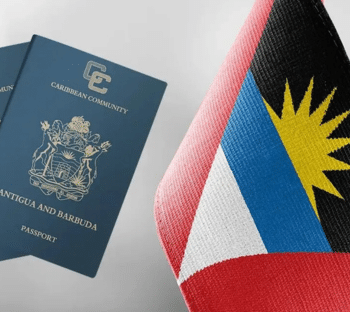The U.S. Citizenship and Immigration Services has announced it will no longer follow first-in, first-out processing for form I-526, Immigrant Petition by Alien Investor, but will instead prioritize the processing of I-526 petitions whose beneficiaries have a visa immediately available.
The employment-based fifth preference category “EB-5” is allotted approximately 10,000 immigrant visas annually. This quota includes principal applicants, as well as spouses and dependent children under 21 years of age. No one country can exceed more than seven percent of the total EB-5 visas available in each fiscal year.
Dillon Colucci describes the change succinctly “Previously, USCIS processing protocols stated that it would adjudicate petitions in the order in which they were received, with earlier filed petitions receiving priority for adjudication over later filed petition.
As outlined in the National Law Review today, “The “visa availability” approach outlined by USCIS would prioritize EB-5 Petitions for adjudication based on whether a visa number is available to the investor. This ties the timing of the decision on the EB-5 petition to whether the investor is subject to visa retrogression based on their country of birth. As a reminder, the employment-based fifth preference category “EB-5” is allotted approximately 10,000 immigrant visas annually. This quota includes principal applicants, as well as spouses and dependent children under 21 years of age. No one country can exceed more than seven percent of the total EB-5 visas available in each fiscal year.”
When the annual quota is exhausted in a particular fiscal year, the State Department has to establish a wait line that determines the order in which immigrant visas are issued. This wait line is referred to as “retrogression.” The investor’s place in line is determined by his or her “priority date,” or the date the EB-5 Petition was filed and received by USCIS. This date is found on the I-526 Petition receipt notice issued by USCIS. Investors and their dependent family members cannot move forward to receive the two-year conditional green card until his or her priority date becomes “current.” Each month, the State Department monitors visa retrogression and “current” priority dates on their Visa Bulletin publication. Once a priority date becomes “current” on the Visa Bulletin, the investor and his or her dependents can obtain the two-year conditional green card.
The result of prioritizing the processing of I-526 petitions by visa availability will likely result in longer I-526 petition processing times for nationals of countries, which are currently subject to retrogression, such as India, mainland China and Vietnam. While some may interpret this as unhelpful, it will likely be more helpful than not. For many nationals of countries subject to retrogression, the I-526 petition processing time is largely irrelevant unless the primary applicant has a dependent child approaching the age of 21, in which case, this new processing approach can be extremely helpful.
USCIS will implement this new visa availability approach starting on March 31, 2020.


